The United Nations Framework Convention on Climate Change kicked off this week in Madrid to great fanfare, although not as many top political leaders attended as in previous years. Last year the new Bolsonaro administration dropped Brazil's earlier offer to host the conference and it was then set for Chile. Spain stepped up at the last minute to host this year after violent unrest in Santiago and other cities.
The big picture
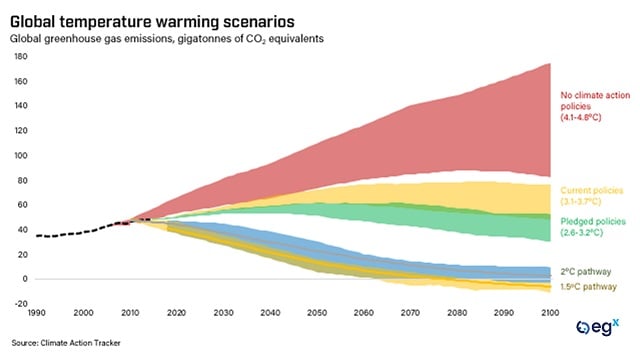
World temperatures are currently on track to rise between 3.1 and 3.7°C by 2100 according to data from the National Oceanic and Atmospheric Administration. Pledged policies, if fully implemented, would only reduce the forecast scenario to a minimum increase of 2.6°C. Far more drastic and urgent action would be required to hit the 2.0°C or 1.5°C limit embedded in the 2015 Paris Accord.
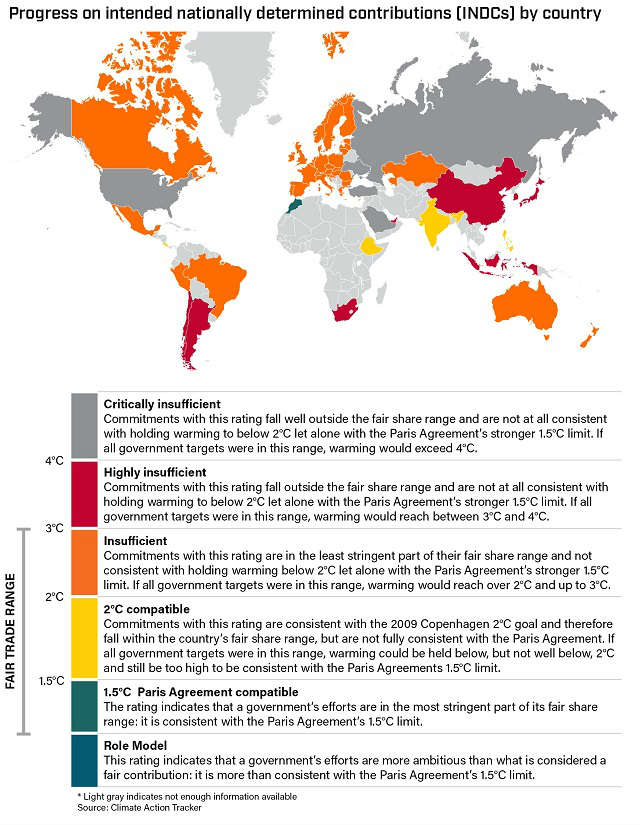
Nearly all countries globally signed up to the Paris Accord, however none except Ethiopia, India, the Philippines, and Morocco made commitments which place them within the range of compatibility with the accord's broad goal of limiting global temperature rise to 2.0°C by 2100.
.png)
China is by far the world's largest absolute emitter of greenhouse gases, accounting for nearly 30% of emissions according to the EU's Emissions Database for Global Atmospheric Research.
.png)
Additionally, the country is also the largest emitter on an economic relative basis. Current President Xi Jinping has pledged to move the country away from cheap and high-polluting manufacturing activity.
Carbon trading
Carbon trading is the top agenda item in Madrid, with Internationally Transferred Mitigation Outcomes (ITMOs) being the likely successor to the existing CDM (Clean Development Mechanisms) and JI (Joint Implementation) systems formulated under the Kyoto Protocol. However, nothing significant policy-wise was achieved over the last week nor is likely to be achieved over the next, as Brazil, China, and India insist on carrying over Kyoto-era carbon emission-granting credits. Eurasia Group believes meaningful decisions will be deferred until next year's COP26 in Glasgow.
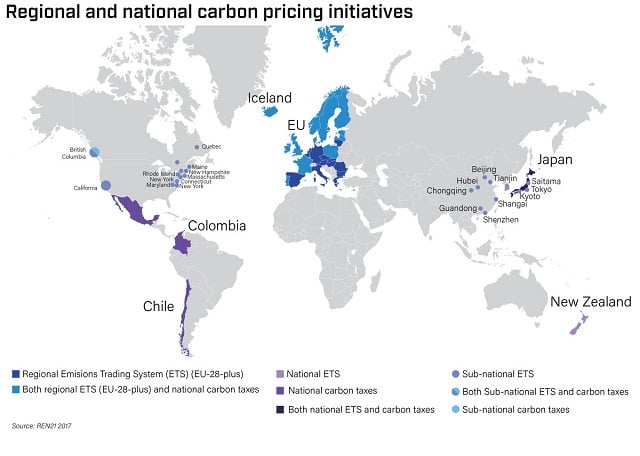
Many countries have already implemented or are in the process of implementing carbon pricing initiatives. These policies are also being implemented on a local basis, with individual cities, states, or provinces enacting their own rules ahead of national action.
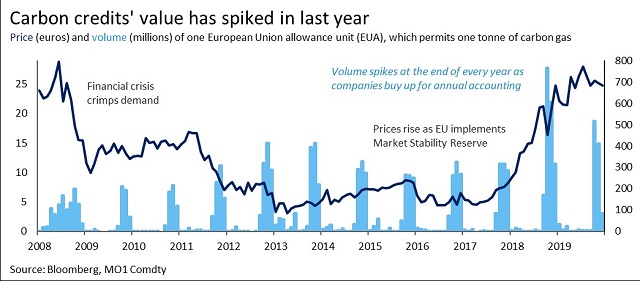
One of the most extensive carbon trading schemes is the European Union's Emission Trading Scheme, which uses a publicly-traded carbon credit system. The initiative is a key pillar for the EU's ambition to reduce overall carbon emissions and increase the deployment of renewable energy and energy efficiency technologies. Additionally, certain hedge funds and banks trade EUAs and associated derivatives to the tune of hundreds of millions of euros, an early indicator of the market potential for carbon trading.
Market reaction
Climate change is a keystone issue for a growing number of investors who have committed to take Environmental, Social, and Governance (ESG) issues into account in their investment strategies. The ESG investor community is not a homogenous group but rather a continuum from those trying to achieve a specific positive impact to those aiming for "do-no-harm."
.png)
A growing number of investors are adopting divestment as a core pillar of their ESG strategy. Globally, nearly 1,000 institutional investors have pledged to divest fossil fuel related assets worth roughly $6.4 trillion, up from $52 billion four years ago. Famously, Norway's Sovereign Wealth Fund, fearing “a permanent oil price decline,” announced divestment of $7.5 billion worth of oil shares over the coming years.
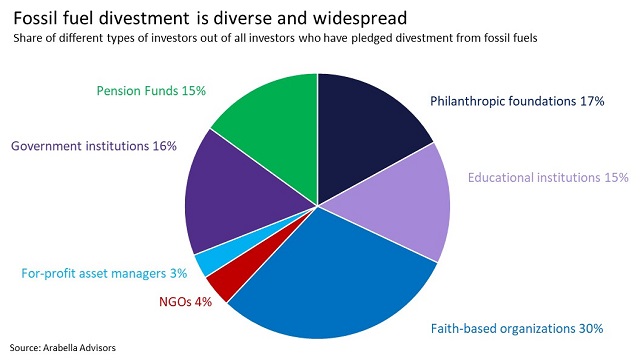
Global investors are increasingly pricing in “post-petroleum” scenarios for the oil and gas sector, raising barriers for the sector's access to capital to reinvest in existing production and growth opportunities.
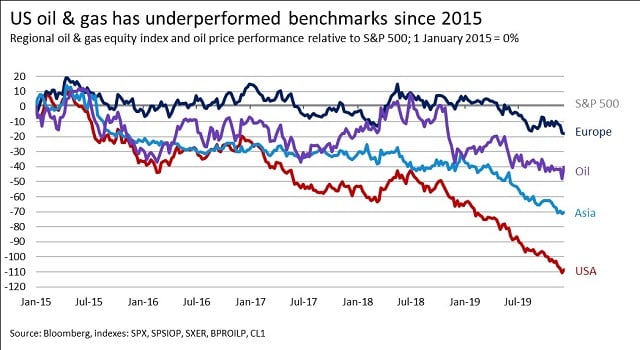 To learn more, look at our previous Politics in Pictures: a visual guide to climate change, and watch Taking on climate change at COP25, Climate change to climate action: How can governments and businesses do more? and Climate change presentation by MIT's John Sterman at New Economic Forum.
To learn more, look at our previous Politics in Pictures: a visual guide to climate change, and watch Taking on climate change at COP25, Climate change to climate action: How can governments and businesses do more? and Climate change presentation by MIT's John Sterman at New Economic Forum.



.png)
.png)


.png)

